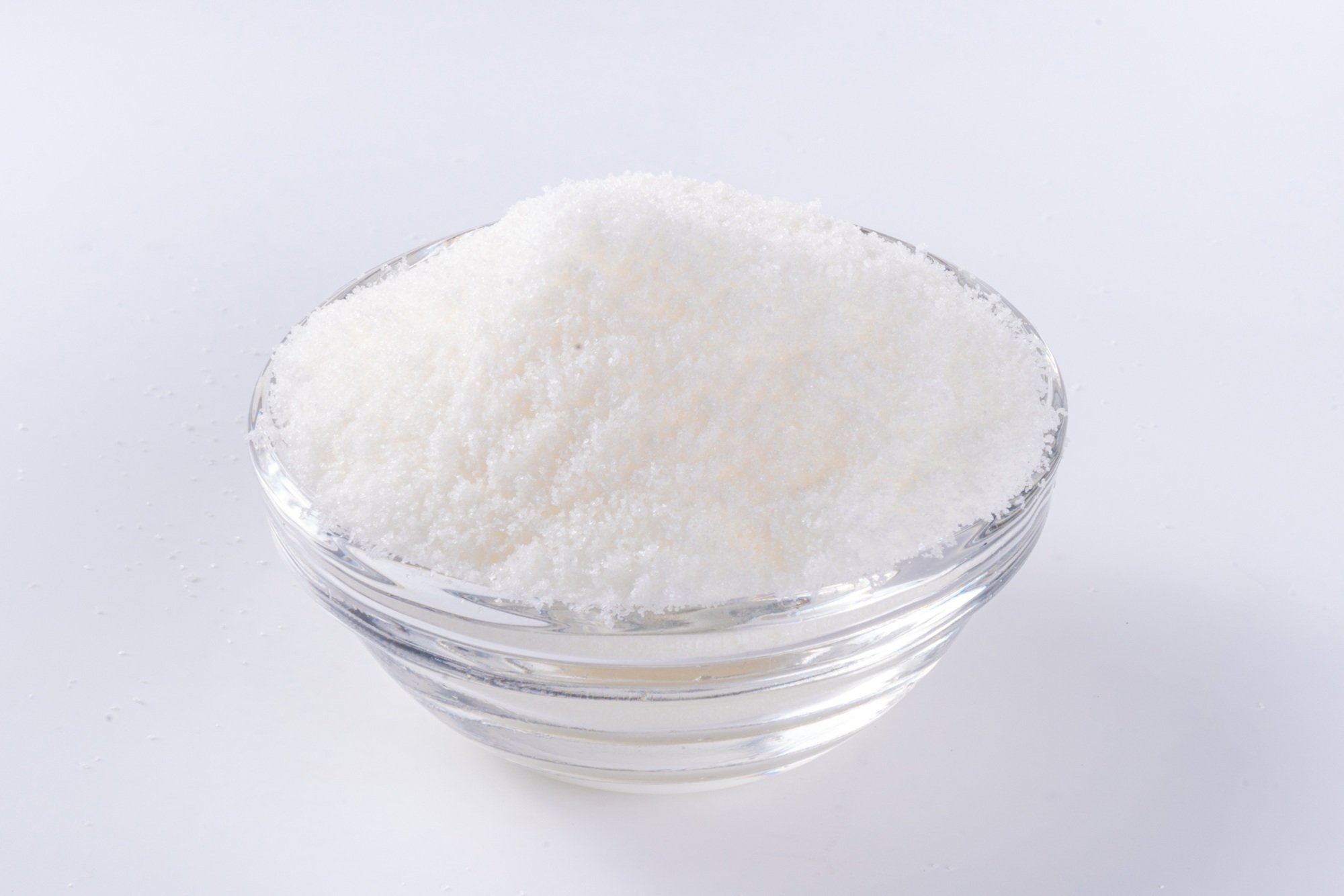-1.png?width=850&name=Untitled%20design%20(1)-1.png)
The average child in the US consumes 32 teaspoons of sugar per day, which is 22 teaspoons more than the USDA’s maximum recommended intake.1
Excessive sugar consumption is one main contributor to a host of health problems in kids and adults, and the holiday season is notorious for skyrocketing sugar intake. Between school festivities, holiday parties, visits to friends' houses, and other festive activities, it isn't easy to have total control over how much sugar your child is eating.
Many parents are left asking themselves, “How bad is sugar, and how strict do I need to be?”
While it’s certainly not worth losing sleep over, it is crucial to understand the impacts of sugar on your children’s brains and bodies, and to seek guidance on how to not only prevent excessive intake, but to offset its effects over the holidays.
Glycemic Index vs. Glycemic Load
Before diving into sugar’s impact on the body, it’s critical to understand how this impact is measured. The two most common ways to examine how sugar affects the body are by measuring foods' glycemic index and glycemic load.
 Glycemic Index
Glycemic Index
Glycemic index (GI) indicates the amount of sugar in a product, from a processed dessert to a piece of fruit. The idea behind the glycemic index is that eating low-glycemic foods is healthier because it won’t raise blood sugar levels, but this theory isn’t entirely accurate. GI encompasses a scale of zero to 100, the reference point being pure glucose, which has a GI of 100. This ranking system offers information on how fast a food’s sugar content is released into the bloodstream.
While the GI ranking scale can offer some value, it’s not the best way to decide whether or not a food is healthy. For example, Coca Cola has a GI of 90, and carrots have a GI of 97. The GI scores don’t consider how the quantity and quality of sugar and carbohydrates—plus additional food components, like fiber and other nutrients—contribute to how a food impacts your body and blood sugar.
Fruits often have a very high GI—sometimes even as high as candy—but the body responds and breaks these foods down very differently.
Glycemic load
On the other hand, glycemic load (GL) combines quantity, quality, and the rate at which a carbohydrate turns into sugar, all in one figure. GL looks more accurately at how your body responds to sugar. Fruits and vegetables can have a high glycemic index, but a very low glycemic load. Most starches, for example, have a very high GL and are a key culprit to elevated blood sugar levels and their associated health issues.
Paying closer attention to glycemic load vs. glycemic index is helpful, as sugary foods with a high GL are more likely to have adverse health effects, especially when it comes to children.2
How Does Sugar Impact the Body?
While refined sugar negatively impacts everyone—especially in high quantities—specific consequences of a high-sugar diet are especially relevant to kids.
Sugar and Your Teeth
Studies show that sugar eats away at tooth enamel and can set the stage for a future of poor dental health.3 When you consume sugar, bacteria in the mouth convert it into an acid that causes enamels to soften. This process contributes to an acidic saliva pH and increased susceptibility to cavities and gum issues.
Sugar and your liver
Research suggests that sugar has a similar negative impact on the liver, as overconsumption of alcohol might lead to the same sorts of serious liver problems.4 Sugar plays a role in the body’s fat production in the liver, a response known as lipogenesis. Fructose, in particular, ramps up this process, and might be a leading cause of liver problems over time.
It is not unusual for children to present with liver problems, primarily due to high consumption of foods and drinks with high levels of fructose, like soda.5
Sugar and your behavior
Many studies have shown that high-sugar diets—particularly foods with a high GL—can contribute greatly to behavioral issues in kids, including hormonal shifts. These impacts are even more pronounced in children with pre-existing problems related to anxiousness or hyperactivity.6
Sugar and your blood sugar
High-sugar foods may lead to increased inflammation in both children and adults. Increased inflammation can contribute to immune health, behavior, metabolic problems, trouble with weight management, and brain development in kids.7
What about Sugar Alternatives?
Not all sugar alternatives are created equal, and more research about which are most healthy is needed. Even so, we know that the body responds almost identically to artificial sweeteners as it does to regular sugar. For example, studies show that the body processes diet sodas in the same way as regular soda and other sugary foods, leading to the same problematic hormonal shifts.8
Several alternative sweeteners are better than others, mainly green leaf stevia and pure monk fruit, which are derived from plants. However, everyone responds differently to the range of sweet tastes, and your child may not enjoy these alternative sweeteners. Ultimately, the quality and nutrient content of the foods you are sweetening—with sugar or otherwise—are most important.
For example, if you have a meal high in starch but replace all of the sugar with stevia, the same negative hormonal impact occurs due to the high GL of your food.
tips for parents
All year round—and especially during the holidays—it’s okay to allow some flexibility around sugar intake. Besides, it can be downright impossible to prevent your kids from eating sugar. The goal should be to offset the high GL with foods rich in fiber, nutrients, protein, and healthy fats. This way, you can help mitigate a blood sugar spike, which leads to that notorious sugar high in kids.
Try balancing starch and carbohydrate-rich meals with vegetables and proteins from meat, fish, eggs, or plant-based protein sources.
When your children are home and you have more control over their diet, satisfy a sugar craving with a piece of fruit rather than a processed sugar source. Giving them a foundation of healthy foods at home is important, especially when you can’t control holiday sugar intake while they’re out.
Overall, the main priority is enjoying the holidays with your family. Provide health-promoting foods to counteract increased sugar consumption this year, and continue those healthy habits all year long to set the stage for a robust metabolism.
[1] https://www.ars.usda.gov/arsuserfiles/80400530/pdf/dbrief/18_added_sugars_intake_of_americans_2013-2014.pdf
[2] Vega-López, S., Venn, B. J., & Slavin, J. L. (2018). Relevance of the glycemic index and glycemic load for Body Weight, Diabetes, and Cardiovascular Disease. Nutrients, 10(10), 1361. https://doi.org/10.3390/nu10101361
[3] Skafida, V., & Chambers, S. (2018). Positive association between sugar consumption and dental decay prevalence independent of oral hygiene in pre-school children: a longitudinal prospective study. Journal of public health (Oxford, England), 40(3), e275–e283. https://doi.org/10.1093/pubmed/fdx184
[4] Jensen T, Abdelmalek MF, Sullivan S, Nadeau KJ, Green M, Roncal C, Nakagawa T, Kuwabara M, Sato Y, Kang DH, Tolan DR, Sanchez-Lozada LG, Rosen HR, Lanaspa MA, Diehl AM, Johnson RJ. Fructose and sugar: A major mediator of non-alcoholic fatty liver disease. J Hepatol. 2018 May;68(5):1063-1075. doi: 10.1016/j.jhep.2018.01.019. Epub 2018 Feb 2. PMID: 29408694; PMCID: PMC5893377.
[5] Schwarz JM, Clearfield M, Mulligan K. Conversion of Sugar to Fat: Is Hepatic de Novo Lipogenesis Leading to Metabolic Syndrome and Associated Chronic Diseases? J Am Osteopath Assoc. 2017 Aug 1;117(8):520-527. doi: 10.7556/jaoa.2017.102. PMID: 28759094.
[6] Wender EH, Solanto MV. Effects of sugar on aggressive and inattentive behavior in children with attention deficit disorder with hyperactivity and normal children. Pediatrics. 1991 Nov;88(5):960-6. PMID: 1945637.
[7] https://www.nih.gov/news-events/news-releases/chronic-high-blood-sugar-may-be-detrimental-developing-brain-young-children
[8] Yang Q. (2010). Gain weight by "going diet?" Artificial sweeteners and the neurobiology of sugar cravings: Neuroscience 2010. The Yale journal of biology and medicine, 83(2), 101–108.







-1.png?width=850&name=Untitled%20design%20(1)-1.png)










